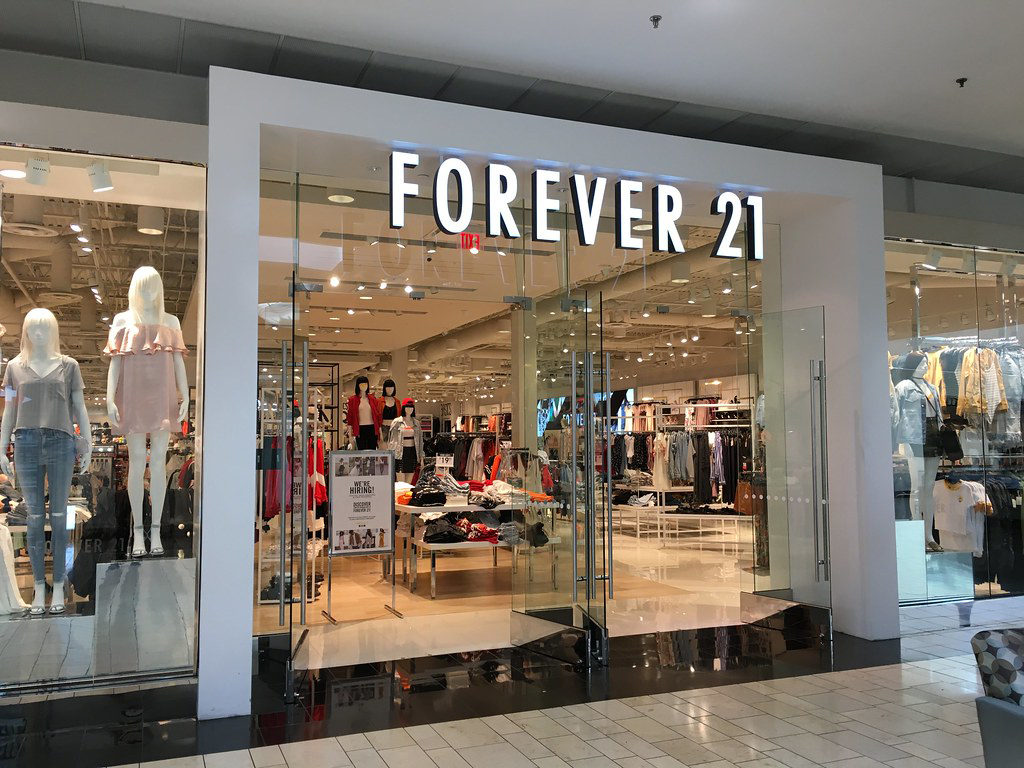The death of fast fashion


Last week, fast fashion giant Forever 21 announced that it would begin closing all of its Canadian locations effective immediately. 44 locations in all will be closing their doors as a result of the company’s bankruptcy, and thank goodness for that.
Although hundreds (if not thousands) of jobs will be lost, as our society moves towards becoming more environmentally conscious, I think it’s extremely important that the very concept of fast fashion comes to an end. And while the closure of one chain of stores doesn’t seem like it would make a difference, think about how much less waste will be generated since we, the youth demographic, will now be forced to take our business elsewhere.
I truly believe that the movement towards thrifting that has gained popularity with today’s youth is what’s helping cancel the culture of cheap and unsustainable consumption. Personally, I would rather have five thrifted or vintage t-shirts that are made to last than have 10 cheaply-made new ones. Whenever I’ve done the math on the price difference between buying vintage or thrifted versus new, the differences are often negligible.
Oftentimes, buying vintage or second hand saves you money – at least that’s usually been the case for me. And even if a thrifted garment works out to be the same price as something new, I would certainly prefer to spend $30 on a pair of mom jeans that perfectly fit my curves than look like an encased sausage in a pair of spandex pants passed off as “denim.”
Really, it’s about time that we learn again to live without our clothes being mass-produced and shipped to our doorstep with the click of a mouse. When our parents were our age, and our grandparents, for that matter, clothing was more expensive. Having to spend more than $20 on a sweater or pair of shoes meant that whoever made them was paid a fair wage, and that it supported the domestic economy rather than solely the one per cent.
Hopefully by continuing to recognize Forever 21’s closure as a step forward, we can also take that sustainable mindset we’re trying so hard to develop and put it back into small business. After all, they’re the backbone of our economy–and by supporting those over sweatshops, we can send the message to the fast fashion world’s corporate leaders that their masquerade of sustainability isn’t fooling us anymore.
Some companies have attempted to cover their tracks by implementing sustainable initiatives within their stores. Switching to paper bags, using wooden hangers, and, as H&M has done, implementing in-store textile recycling programs are some now-popular examples. These may seem like great steps forward, and they are; but it’s not enough. In order to make a meaningful impact, we need to completely change our habits as consumers.
The good news is that we’re already halfway there. By continuing to be resourceful with our fashion choices, we’re sending signals to the current market that what they’re selling us won’t work for long.
As for the jobs being lost because of Forever 21’s closures, it’s an absolute shame that retail workers, who are already no stranger to being exploited at the expense of corporations’ successes, will be the ones put out of work. In Canada, however, their mass layoffs aren’t necessarily the end of the story. Similar layoffs made by Sears Can ada upon its bankruptcy closures ended with a lawsuit against the company so long-time employees were given the severance and benefits promised previously.
Overall, what can we take away from this? Perhaps the most important thing to remember is that instead of buying shirts that say “I love tacos” on the back, we can learn to work with what wardrobe staples we already have, be more resourceful when acquiring things we need, and consider putting our money into corporations with a focus on sustainable initiatives.


